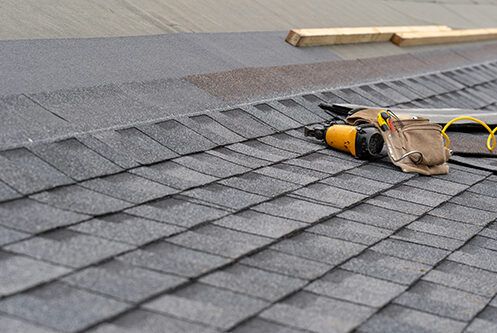Buying a new home is an exciting milestone, but it’s important to ensure every aspect of the property is in good condition. One critical area to inspect is the roof. At Eagle Roofing & Construction, we want to help you make an informed decision. Here’s a guide on how to thoroughly inspect a roof before purchasing a new home.
1. Start with a Ground Inspection
Begin by walking around the property and inspecting the roof from the ground. Look for:
- Missing or Damaged Shingles: Check for any shingles that are missing, cracked, or curled. These could indicate the roof is nearing the end of its life.
- Dark Spots or Streaks: These can be signs of algae or moss, which can lead to roof damage if not addressed.
- Sagging Areas: A sagging roofline can indicate structural issues or water damage.
2. Examine the Attic
A thorough attic inspection can reveal a lot about the roof’s condition:
- Water Stains: Look for water stains on the underside of the roof decking, which can indicate leaks.
- Proper Ventilation: Check that the attic has adequate ventilation to prevent moisture buildup and extend the roof’s lifespan.
- Insulation: Proper insulation can prevent ice dams and reduce energy costs.
3. Inspect Roof Flashing
Flashing is used to seal areas where the roof plane meets vertical surfaces like walls or chimneys. Check for:
- Rust or Corrosion: Rusty flashing can lead to leaks.
- Cracks or Gaps: These can allow water to seep into the structure.
4. Check the Gutters
Functional gutters are crucial for directing water away from your home. Ensure that:
- Gutters are Clean: Debris can block water flow, causing damage to the roof and foundation.
- Gutters are Securely Attached: Loose gutters can pull away from the house, leading to water damage.
5. Get a Professional Roof Inspection
While you can spot many issues yourself, a professional roof inspection is invaluable. A certified inspector from Eagle Roofing & Construction will:
- Thoroughly assess the roof’s condition, including areas you might not be able to see.
- Identify hidden problems like structural damage or mold.
- Provide a detailed report with recommendations for any necessary repairs or replacements.
6. Understand the Roof’s Age and Material
Different roofing materials have varying lifespans:
- Asphalt Shingles: Typically last 20-30 years.
- Metal Roofing: Can last 40-70 years.
- Tile or Slate: May last 50-100 years.
Knowing the age and material of the roof can help you anticipate future maintenance or replacement needs.
7. Evaluate Drainage and Downspouts
Ensure that downspouts direct water away from the foundation to prevent water damage. Look for signs of erosion or pooling water around the home.
8. Review Past Maintenance Records
If available, reviewing maintenance and repair records can provide insight into the roof’s history and how well it’s been cared for.
Inspecting a roof thoroughly before buying a home is crucial to avoid future headaches and expenses. At Eagle Roofing & Construction, we offer professional roof inspections to ensure your new home’s roof is in excellent condition. Contact us today to schedule an inspection and buy your new home with confidence.

